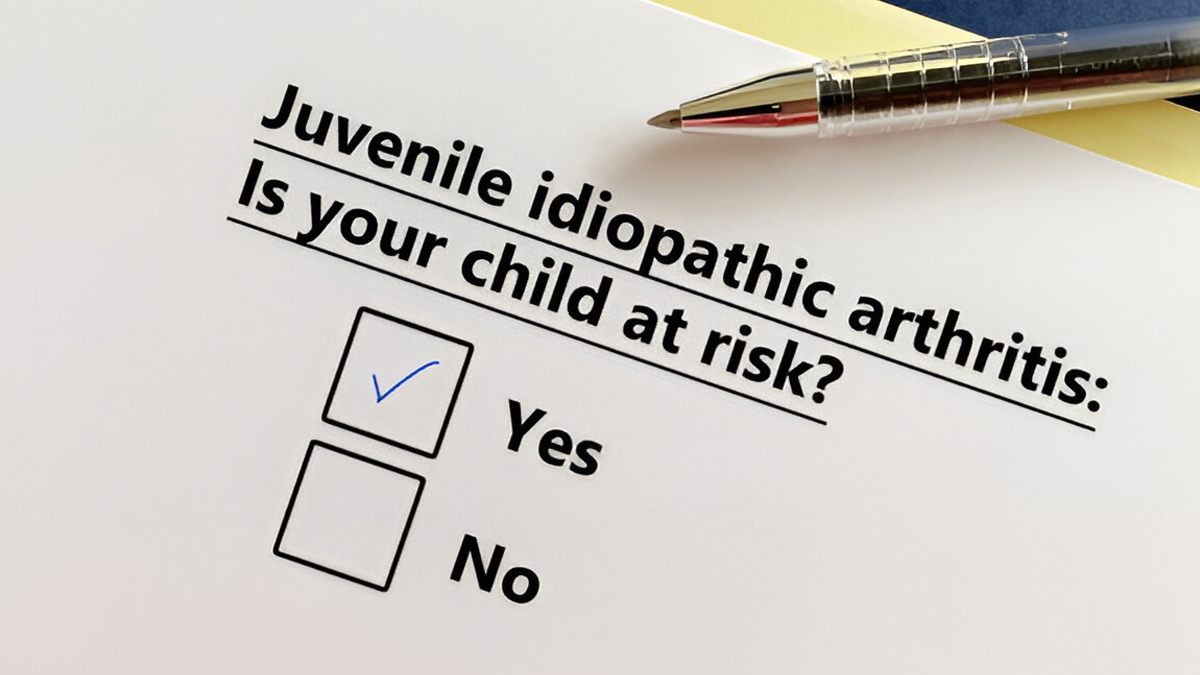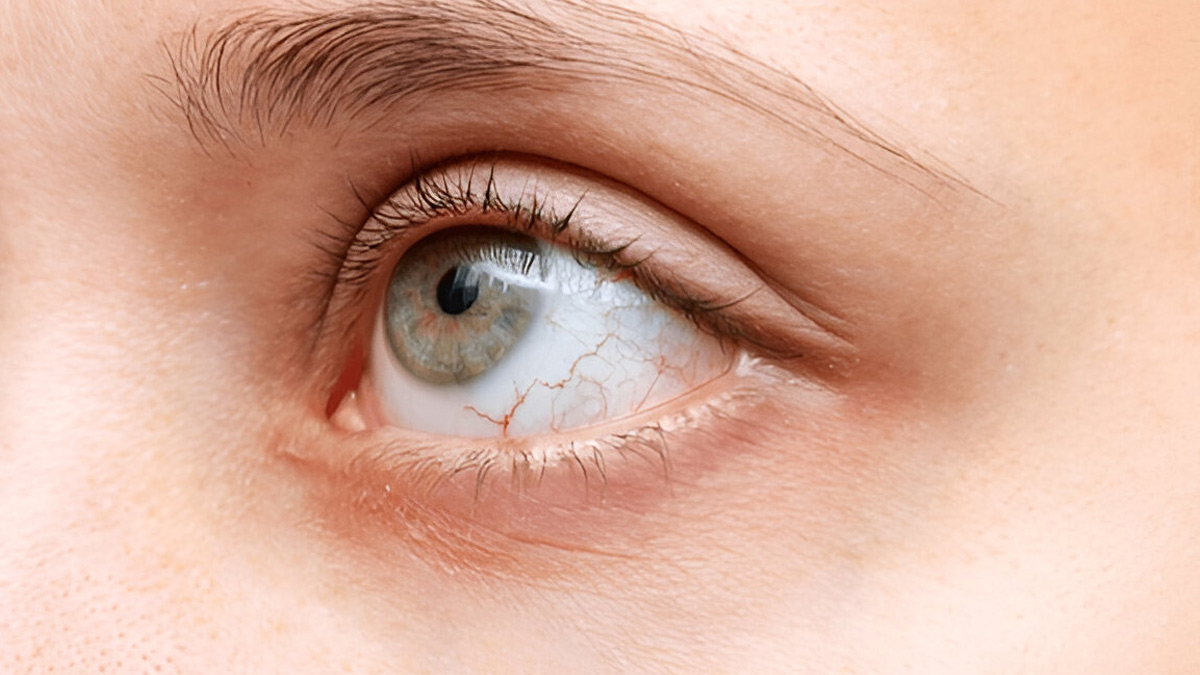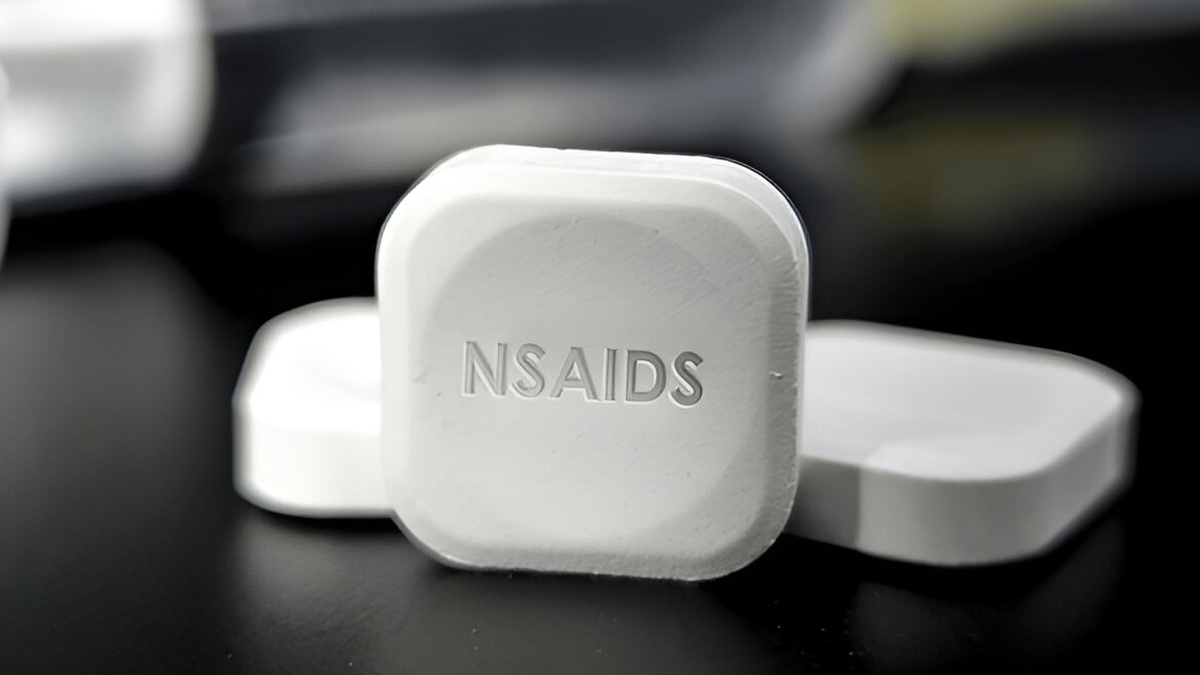
Did you know that arthritis can also affect children, and not just their joints? Juvenile arthritis is more than just joint pain or swelling. It can quietly impact a child’s eyes, skin, and even vital organs, such as the heart and lungs. Because many of these symptoms aren’t visible, they often go unnoticed until they cause serious problems. That’s why it’s so important to understand how this condition works and what signs to watch out for early on.
Table of Content:-
We spoke to Dr Ilavarasan S, Dip NB (Ortho), FAO (Germany), Apollo Spectra Hospital, Chennai, who explained the impact of juvenile arthritis on your body.
What Is Juvenile Arthritis?

Juvenile Idiopathic Arthritis (JIA) is the most common form of rheumatism in children. The International League of Associations for Rheumatology (ILAR) has defined JIA as arthritis of unknown aetiology persisting for ≥6 weeks with an onset at <16 y of age, after excluding other causes of joint inflammation. A lesser-known fact about juvenile arthritis is that it affects the eyes, skin, and organs of the patient.
“In most cases, if left untreated, the illness may spiral out of control and cause damage to the person's eyes and other organs. The human immune system is crucial to keep the body safe from germs and viruses that enter through various sources. Synovial inflammation is the result of a complex interplay of aberrant immune systems (both adaptive and innate) in a genetically susceptible individual, with possible external stimuli/triggers,” explained Dr Ilavarasan.
How To Diagnose Juvenile Idiopathic Arthritis
Diagnosis of JIA essentially remains clinical, and laboratory investigations usually help assess the severity of disease activity.
“Several investigations, including Antinuclear Antibodies (ANA), Human Leukocyte Antigen (HLA)-B27, and Rheumatoid Factor (RF), assist in categorising or predicting outcomes for a child with JIA. The timely administration of effective therapeutic interventions, particularly biological treatments, has demonstrated favourable long-term outcomes for JIA,” added Dr Ilavarasan.
Impact on Eyes

Uveitis is a common complication of juvenile arthritis in children, characterised by swelling exclusively inside the eyes. Children with arthritis should receive regular eye screenings to prevent this condition, which can lead to cataracts, glaucoma, and vision impairment if left untreated. Even if there are no visible signs of eye trouble, regular screenings are crucial to avoid future eye damage.
Impact on Skin
Psoriatic arthritis, a type of juvenile arthritis, can cause skin rashes in affected children. These rashes can vary in colour, but are often scaly and red. Along with rashes, children with psoriatic arthritis may experience a high fever. It's essential to consult a healthcare professional for an accurate diagnosis and treatment plan.
Impact on Internal organs
Children with juvenile arthritis may experience chest and stomach pain, as well as breathing difficulties, due to the impact of arthritis on internal organs, such as the lungs, liver, spleen, and heart.
“This can disrupt the child's daily activities. If these symptoms occur, immediate treatment is necessary to prevent Macrophage Activation Syndrome (MAS), a severe condition that can lead to multi-organ failure due to overwhelming inflammation. If left untreated, MAS can be fatal. Symptoms of MAS include high fever, fatigue, and severe bruising,” said Dr Ilavarasan.
Treatment for Juvenile Arthritis

Nonsteroidal Anti-Inflammatory Drugs (NSAIDs) are the best and effective medication used to treat juvenile arthritis, which is the general treatment to relieve pain in children, including physical therapy and occupational therapy,
A healthy lifestyle and nutritious food, tailored to the child's age, are essential to support medical treatment. Regular exercise, yoga, and sufficient sleep can help reduce inflammation. Additionally, staying up-to-date on all vaccinations can help maintain immunity and prevent future health issues.
Bottomline
Dr Ilavarasan concluded, “Juvenile arthritis is an inflammatory and rheumatic disorder leading to swelling, joint pain, rashes, and organ effects. Physical therapy, along with medical intervention, is much needed for the child to keep him/her away from future health issues related to arthritis.”
[Disclaimer: This article contains information provided by an expert and is for informational purposes only. Hence, we advise you to consult your professional if you are dealing with any health issue to avoid complications.]
Also watch this video
How we keep this article up to date:
We work with experts and keep a close eye on the latest in health and wellness. Whenever there is a new research or helpful information, we update our articles with accurate and useful advice.
Current Version